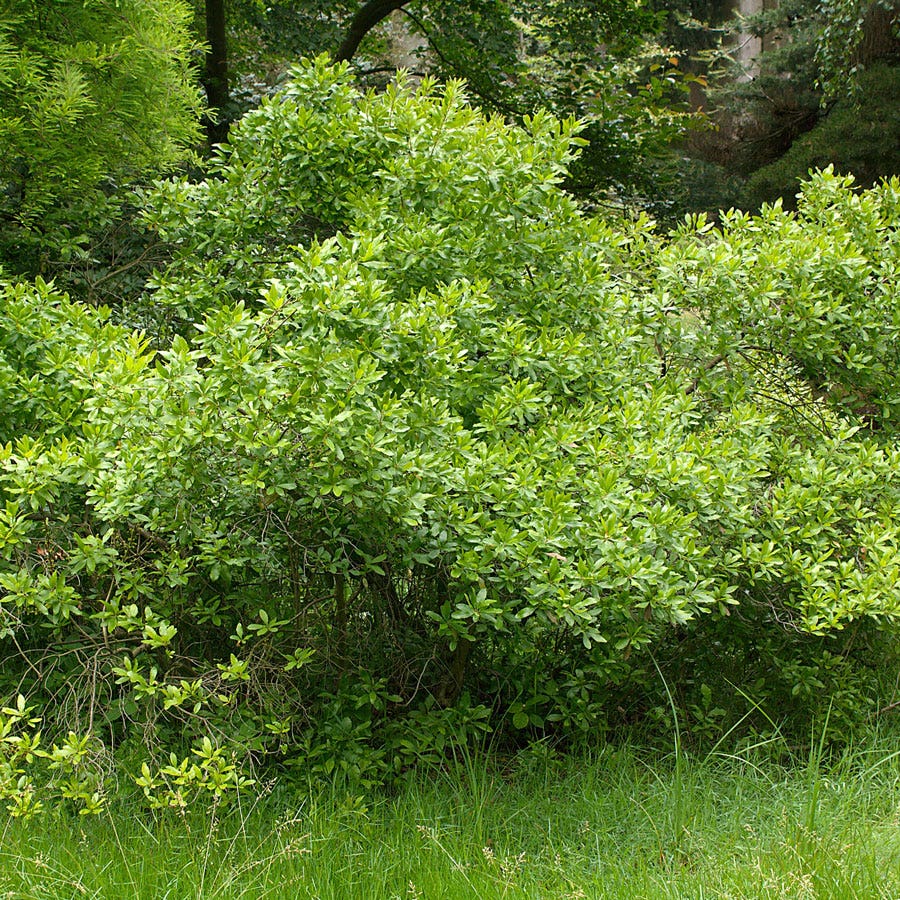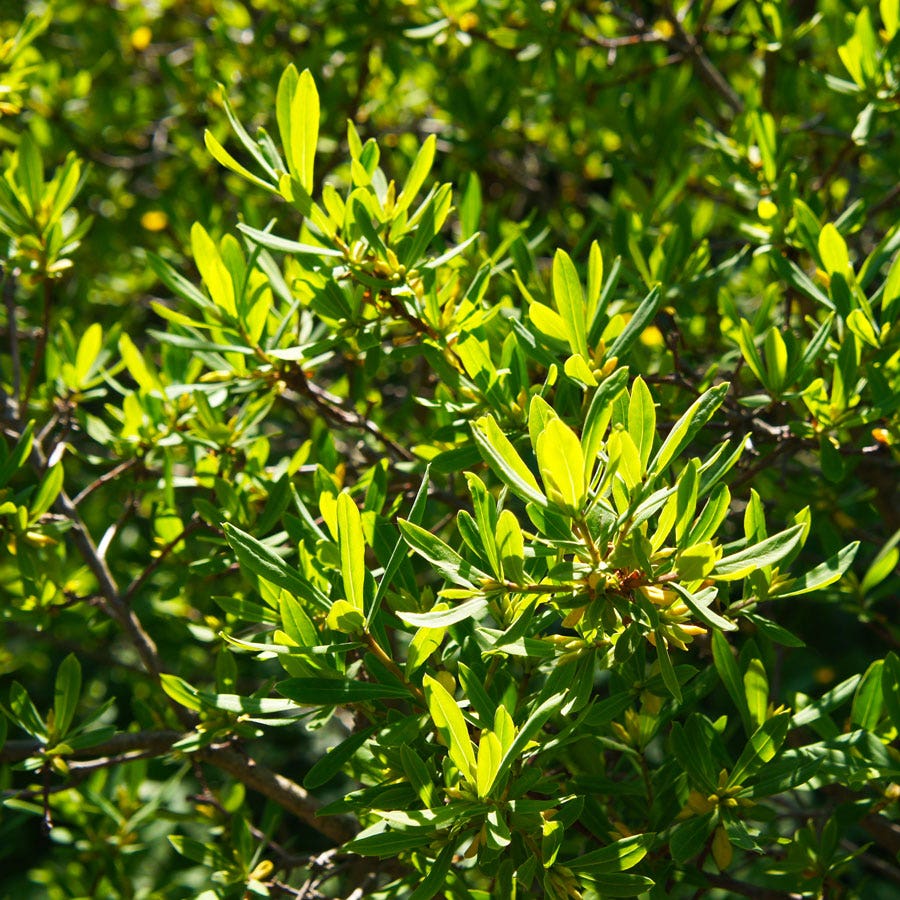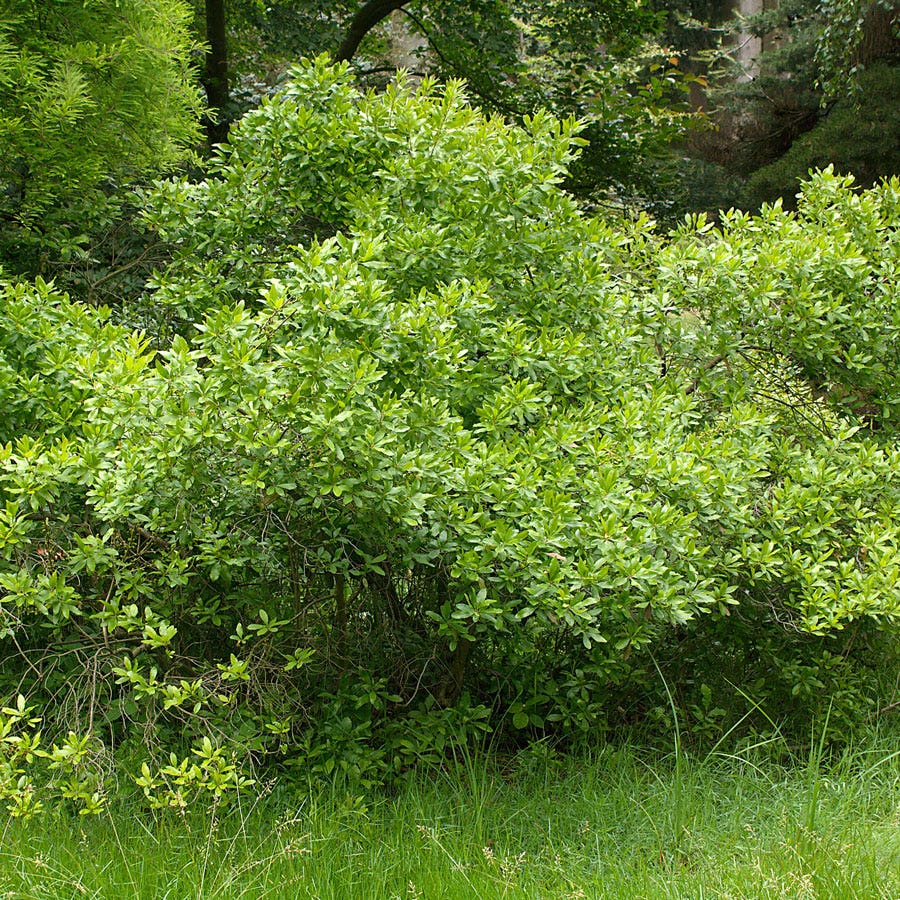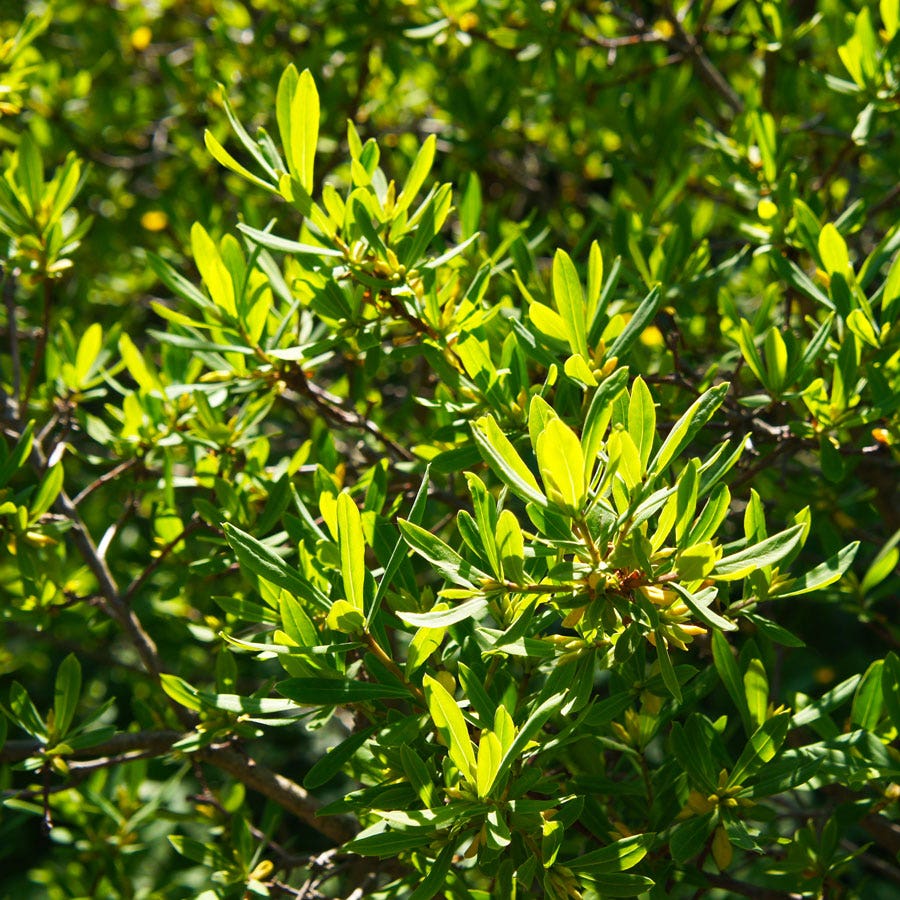parkseed
Myrica Northern Bayberry
Myrica Northern Bayberry
Zone compatibility details
Understanding the Prices on Our Product Pages
When shopping on our site, you might notice different types of prices listed for products. Here’s a quick guide to help you understand what each price means:
- Regular Price: The price before any discounts, typically reflecting the median price from the past 90 to 180 days, excluding special promotions and clearance events.
- Now Price: The updated price of an item after a reduction from the regular price. Now Prices are often limited to a short time frame and offer the opportunity to save.
- MSRP: Manufacturer's Suggested Retail Price, provided by the manufacturer as a benchmark to highlight the value of our current pricing.
- Discount Exempt: Products labeled discount exempt are not eligible for discounts or promotional offers.
Please note that product prices are subject to change without notice.
Couldn't load pickup availability
Share
Your ZIP code ✎
Zone compatibility details
This variety’s zone range
—
My hardiness zone
—
The USDA hardiness zones offer a guide to varieties that will grow well in certain climates. Each zone corresponds to the minimum winter temperatures experienced in a given area. Make sure that your hardiness zone lies within the zone compatibility range of this variety before ordering.
Spring Shipping Schedule
Spring Shipping Schedule and Zone Opening Earliest Ship Dates
Note: At Park Seed, we are committed to shipping healthy live plants at the ideal planting time for your zone. In order to ensure our plants are shipped at the optimal conditions, we regularly adjust our shipping timeframes as needed. The below table reflects our current estimate of timing for rose, live plant and bulb shipping this season.
| Zone | Bareroot Roses | Container Roses | Plants & Bulbs | Sweet Potato & Avocado | Citrus | Blooming Blocks |
|---|---|---|---|---|---|---|
| 1-3 | Early-Mid May | Mid May | Mid May | Late May-Mid June | Early-Mid May | Early-Mid May |
| 4-5 | Early-Mid Apr | Late Apr-Early May | Late Apr-Early May | Mid-Late May | Late Apr-Early May | Early-Mid May |
| 6 | Mid-Late Mar | Mid-Late Apr | Mid-Late Apr | Early-Mid May | Early-Mid Apr | Early-Mid May |
| 7 | Early-Mid Mar | Mid-Late Apr | Late Mar-Early Apr | Late Apr-Mid May | Early-Mid Apr | Early-Mid May |
| 8 | Mid-Late Feb | Mid-Late Apr | Late Mar-Early Apr | Mid-Late Apr | Early-Mid Apr | Early-Mid May |
| 9-13* | Late Jan-Mid Feb | Mid-Late Apr | Late Mar-Early Apr | Mid-Late Apr | Early-Mid Apr | Early-Mid May |



Grow Zone
3 - 7
Mature Height in Inches
96"
Mature Width in Inches
need max width meta
Sun / Shade
Full SunPart Shade
Bloom Size
" - "
Tomato Fruit Set
Days to Maturity
Fruit Weight
Soil Tolerance
Clay, Normal, loamy, Poor, and Sandy
Moisture
Moist, well-drained and Wet
Description / Myrica Northern Bayberry
Myrica Northern bayberry is a native deciduous to semievergreen (in the South) shrub offering 3 seasons of interest and many attributes for the landscape. Myrica Northern bayberry is grown for its lustrous, leathery dark green leaves, which are aromatic when crushed. The leaves are set against reddish brown bark that turns gray with age. Although the shrub blooms in spring, the flowers are insignificant. However, if they are pollinated, grayish white drupes will follow and remain throughout the winter, attracting birds.
Myrica pensylvanica, commonly called Northern bayberry or bayberry, is a densely branching woody shrub with an erect, rounded habit. It grows 6 to 8 feet tall and wide and suckers easily, spreading to form colonies over time. Shown to best effect when mass planted, the shrub is especially well suited for hedges and screens and combines well with broadleaf evergreens. A nitrogen-fixing shrub, bayberry naturally improves the soil in which it is planted by taking nitrogen from the air and converting it into a usable form in the soil.
Cold hardy to Zone 3, bayberry grows best in a sunny location with moist, well-draining soil, having a pH of 5 to 8, but it tolerates part shade and adapts to a wide range of soils, including poor, wet, clay, loam, and sandy soils. It is also deer resistant and salt tolerant.
A native plant, bayberry is indigenous to eastern U.S., from the Carolinas to Maine and west to Ohio. Native plants are not only beautiful but also environmentally friendly. Naturally adapted to the climate and soil conditions of the region, they thrive without fertilizers or extra watering, once established. They also act as natural pest controls, reducing the need for pesticides in the garden. Landscaping with native plants promotes biodiversity and provides shelter and quality food for wildlife and pollinators, bringing gardens to life.
Product Details
Virtual SKU: v2570
Selected Product SKU: 29447
Genus: Myrica
Species: pensylvanica
Foliage Color: Dark Green
Habit: Upright
Light Requirements: Full SunPart Shade
Moisture Requirements:- Moist, well-drained
- Wet
- Beds
- Foliage Interest
- Hedge
- Bird Lovers
- Easy Care Plants

